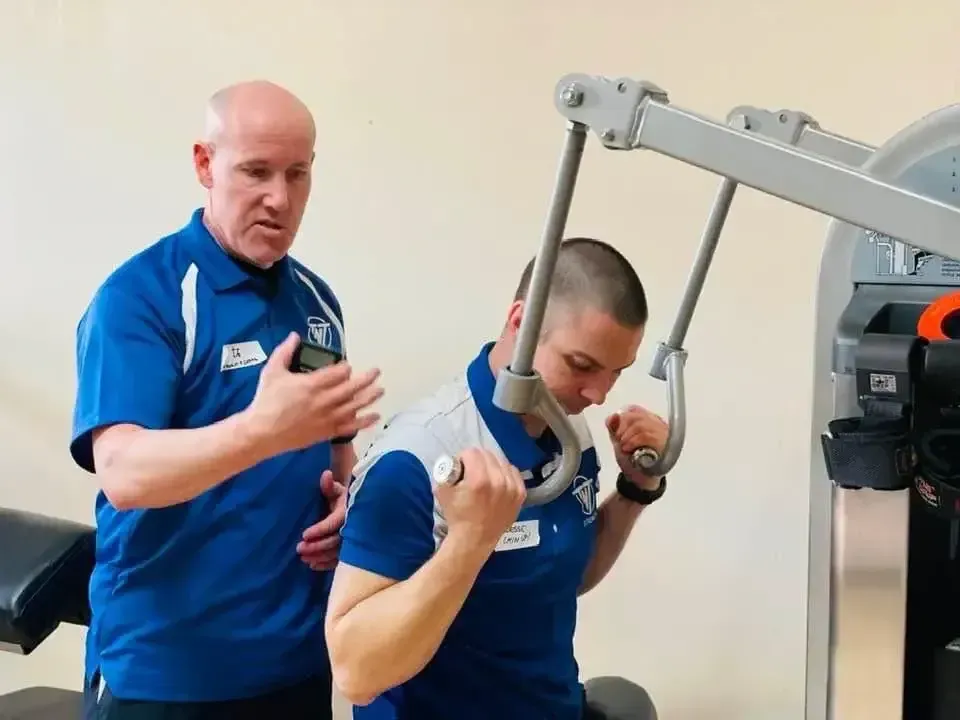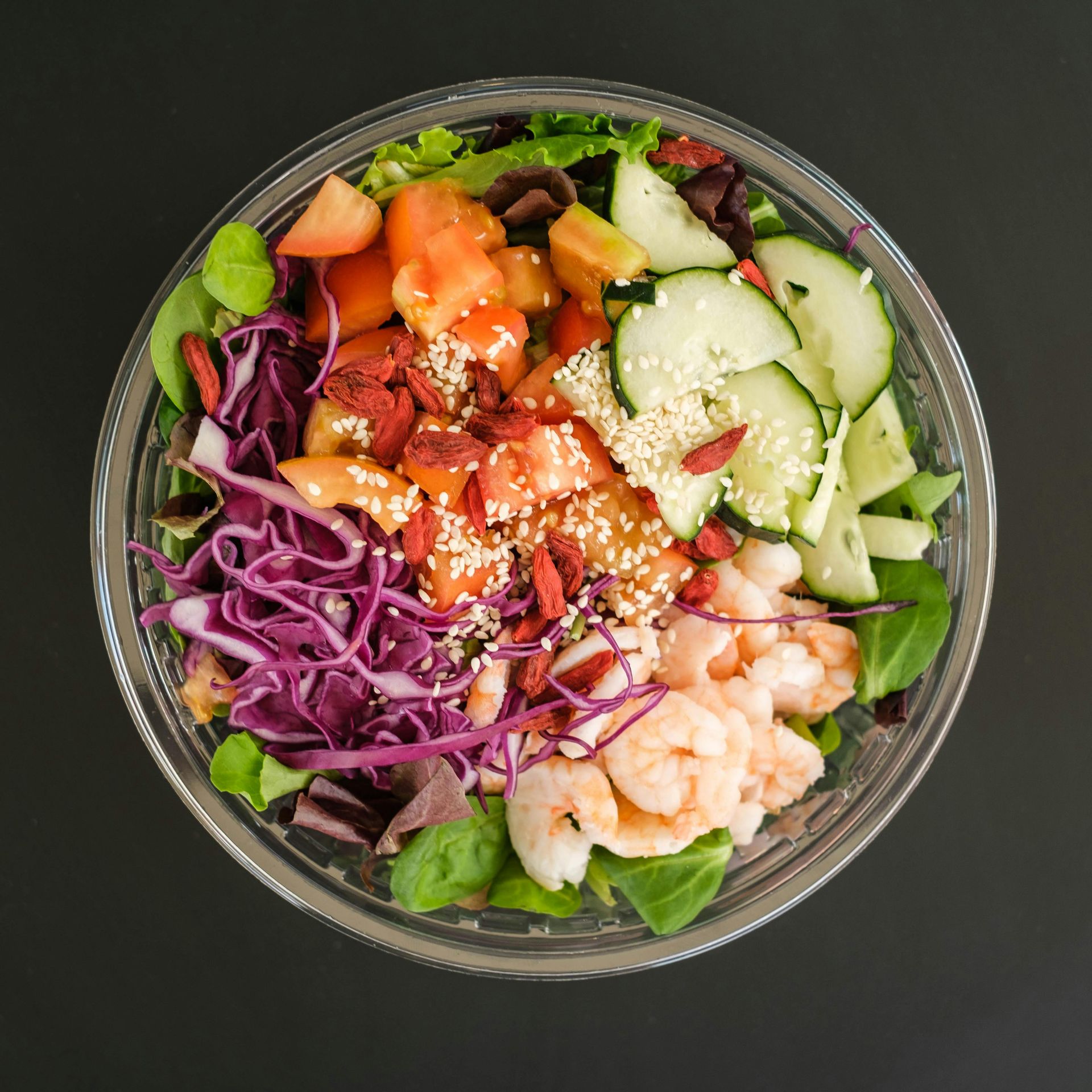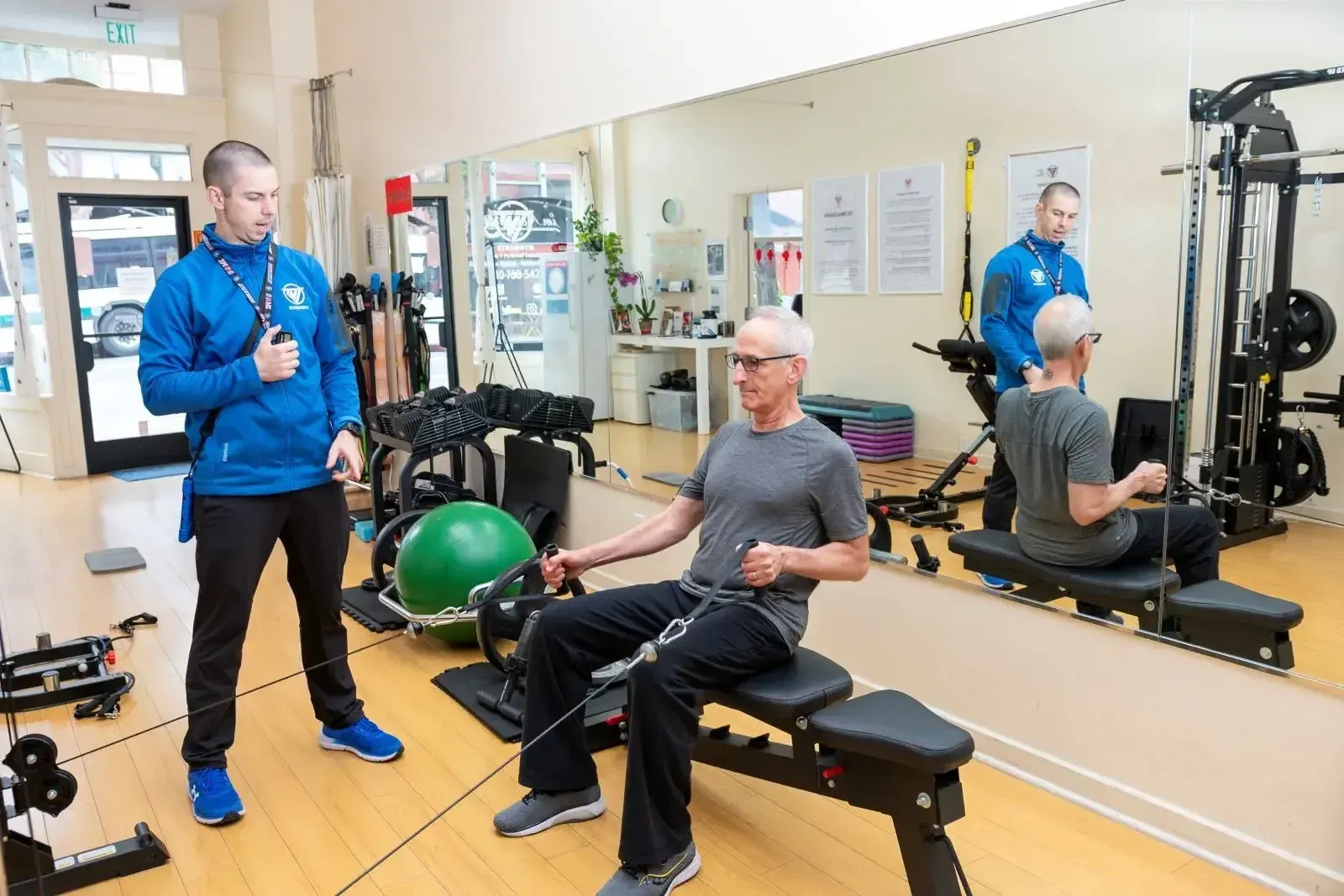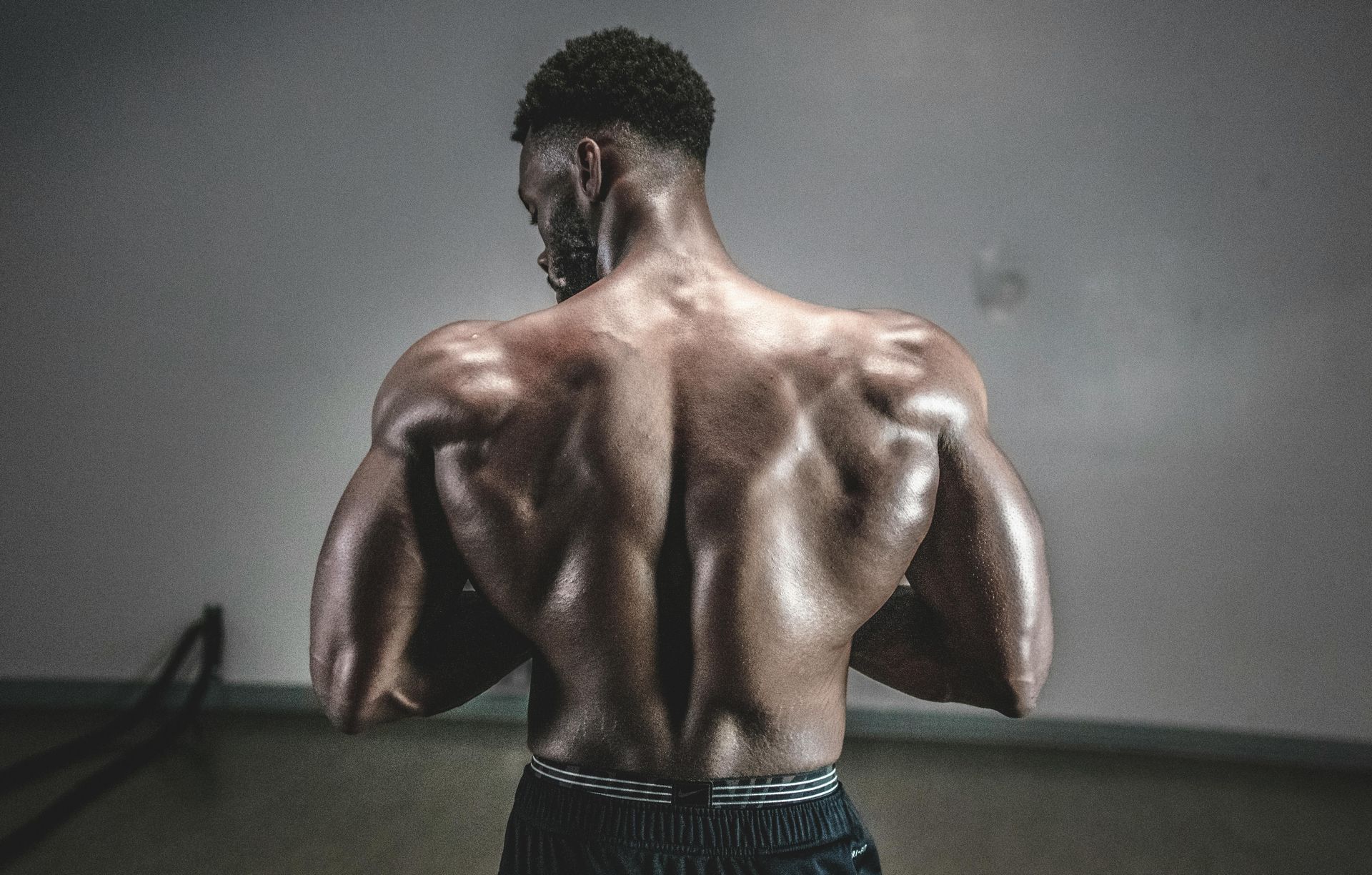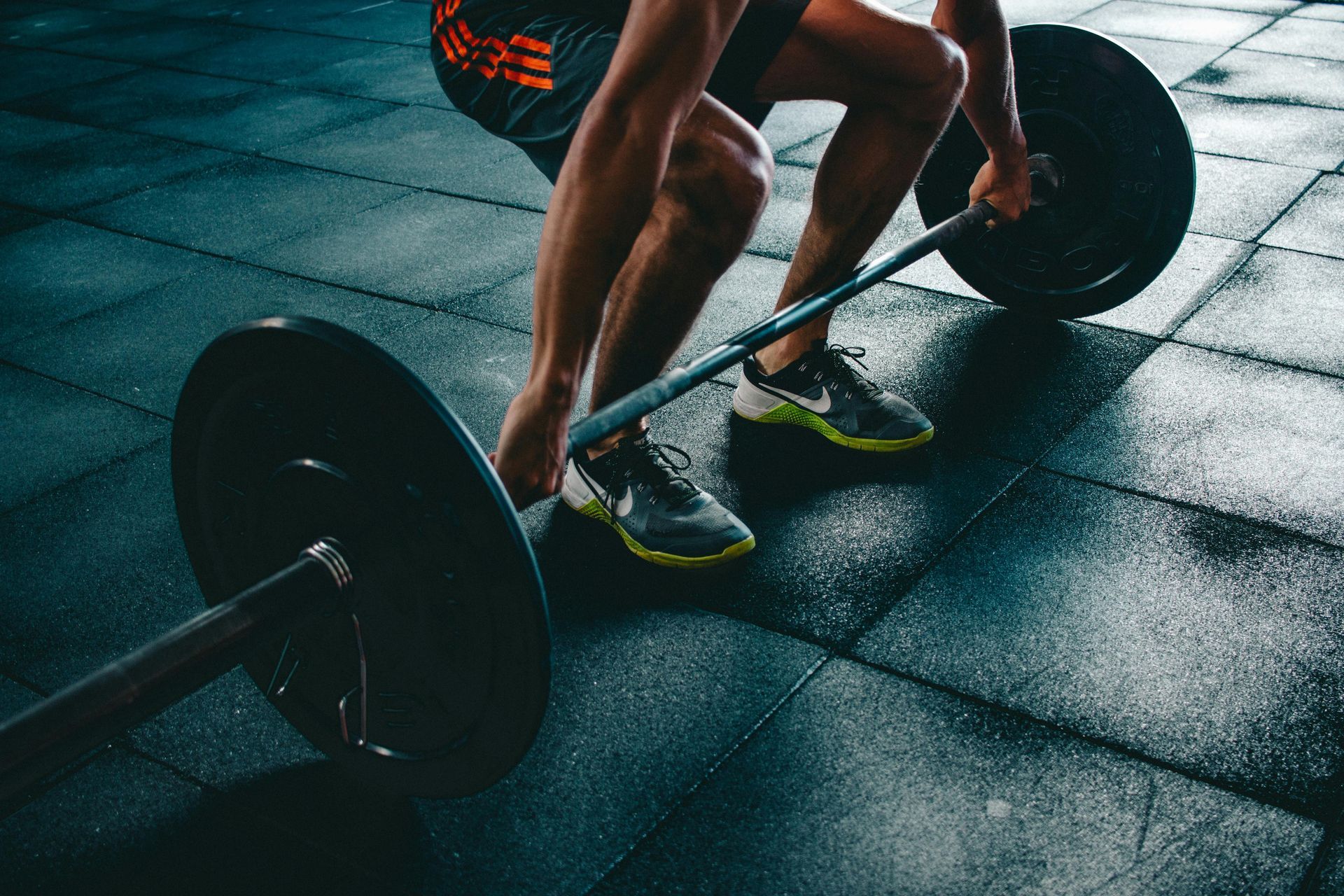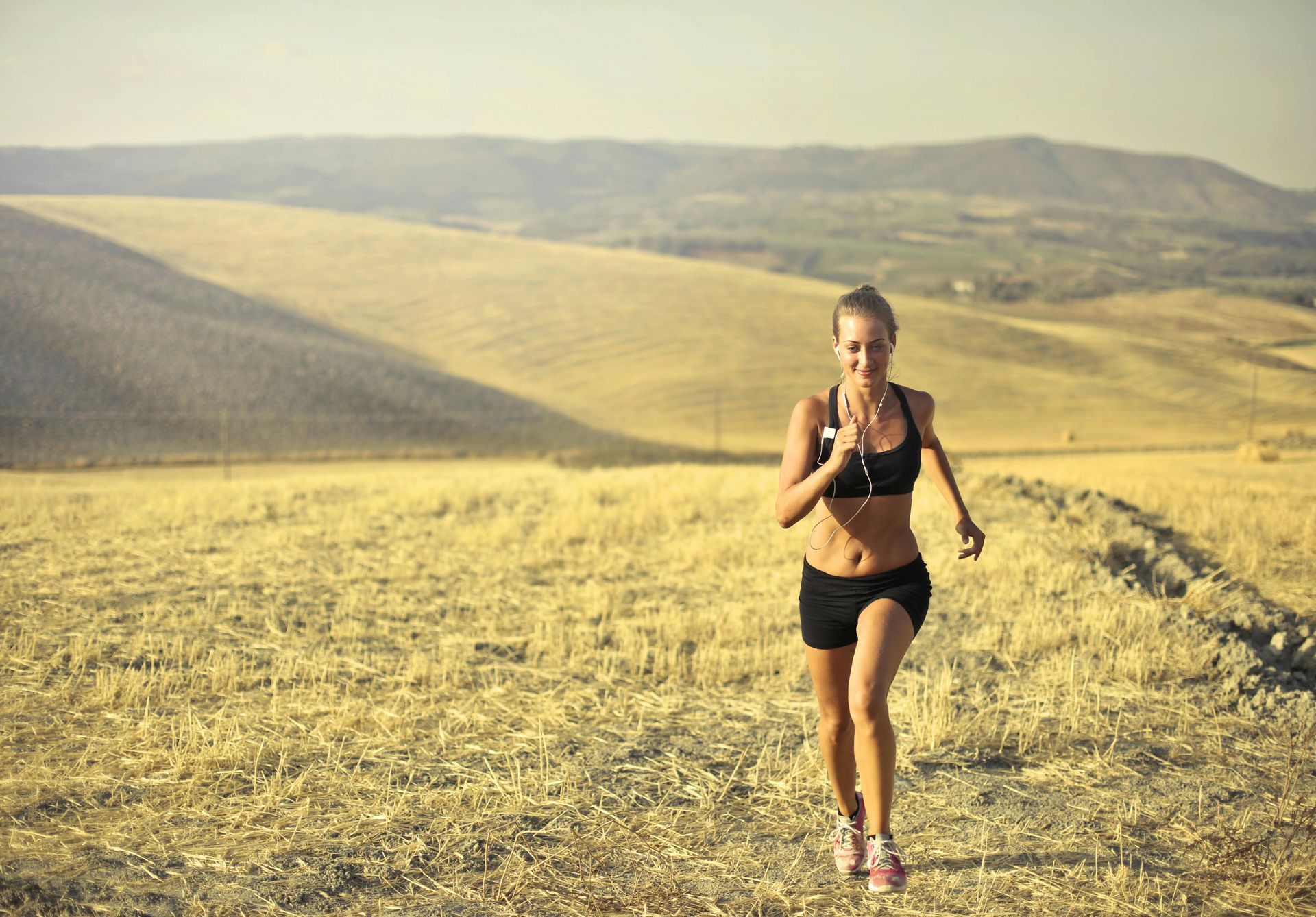Rucking Reality Check: Why Weighted Walking Isn't a Shortcut to Strength
=> Estimated Reading Time: 8 minutes
Rucking — walking with a weighted backpack — has become the latest fitness obsession, thanks in large part to Dr. Peter Attia's bestselling book Outlive. From the tree-lined streets of Rockridge to the hilly trails above Piedmont and Lake Merritt, more people are strapping on packs and marching for health, strength, and longevity. And while there's no doubt that rucking can torch calories, challenge endurance, and make walking more demanding, it's not the magic bullet it's being sold as. In fact, if your goals are building strength, improving bone density, and protecting your joints for life — rucking might not be the safest or most efficient way to get there.
TL;DR
Rucking — walking with a loaded pack — is trending (hello, Outlive bros). It's an efficient, low-tech cardio and caloric-burn tool, and it can load bone and muscle more than unloaded walking. But it's not a free pass to "strength." Heavy loaded walking changes gait, raises injury risk (low back, knees, feet), and is less targeted and less osteogenic than well-designed resistance training. If your goal is real strength, maximal bone stimulus, or safe long-term joint health — rucking should be a complement, not the main event.

My Take on the Rucking Trend
I'm Liam "TAKU" Bauer. I love simple tools that give honest results — but I'm allergic to glorifying one trick as the solution to everything. Rucking is sexy right now. Pete Attia raves, GORUCK sales pop, and neighborhoods from Rockridge to Lake Merritt are seeing more folks stepping out with packs. That's awesome — walking with weight can be brutally effective. But before you strap on 55 pounds and declare yourself a fortress of longevity, let's be brutally honest about what rucking is, what it isn't, and how to use it safely and wisely if your primary goal is strength and bone health.
What Rucking Actually Does Well
Increases the metabolic cost of walking — you burn more calories and stress your cardiovascular system more than unloaded walking.
Adds axial load to the skeleton , which can help stimulate bone if the load is novel and enough to create osteogenic strain. Some studies and expert summaries note potential bone benefits from weighted walking or vests.
Builds endurance , practical posterior chain stamina, and can improve posture and core endurance when done correctly.
Why Rucking Is NOT the Safest or Most Efficient Path to Getting Stronger
It's not targeted resistance training. Strength — by the strict physiological definition (force production, rate of force development, neural adaptations, hypertrophy) — responds best to progressive, high-intensity resistance training that overloads specific muscle groups in controlled ranges. Walking with a pack increases load, but it doesn't replicate the stimulus of squats, deadlifts, rows, or targeted eccentric work that builds maximum strength. Systematic reviews show resistance training is superior for increasing muscle strength and function in older adults compared with aerobic modes alone.
Gait and kinematics change — and injury risk rises. Heavy backpack loads alter posture, increase forward trunk lean, and change joint loading patterns. Military and biomechanical reviews document higher rates of low-back, knee, and lower-extremity injuries when load carriage exceeds certain thresholds or when progression is hasty. That's not hypothetical — it's documented. If your ruck is essentially a 55-pound deadlift strapped to your shoulders for miles, your spine and joints feel it.
Bone stimulus is complex — not just load weight. Bones respond best to dynamic, multi-directional, high-strain, and high-strain-rate activities (e.g., jumping, heavy unilateral movements, brief high loads), and resistance training + impact often outperforms steady loaded walking for improving BMD, especially at clinically important sites like the hip and lumbar spine. Recent meta-analyses rank combined aerobic+resistance programs and resistance training highly for bone health in postmenopausal women. Rucking can help, but it's not necessarily the best single approach.
Practical management and progression are hard. Managing load distribution, pack fit, gradual progression, and recovery while counting steps and hills is more fiddly than "do a 3×5 back squat, add five pounds next week." People often progress load too fast or use poor footwear and mechanics — both recipes for soft-tissue and joint problems.
So — When Should You Ruck?
As cardio with extra bang on low-impact days. Great for conditioning without running.
As a supplement to focused resistance training and jump/impact work for bone health. Think of it as an accessory — not the primary strength tool.
If you enjoy it and it keeps you consistent — then do it. Consistency beats perfection.
Practical, Safer Rules from TNT Strength
Start light — begin with 10–20% of bodyweight in a well-fitting pack or weighted vest, and progress slowly (weeks, not days).
Prioritize pack fit and load distribution (hipbelt on, shoulders comfortable). Use hipbelt to offload spine when possible.
Mix in targeted strength (squats, deadlifts, rows) 2×/week. If bone health is priority, add impact or high strain-rate work if appropriate.
Watch pain — not soreness. New joint pain, sharp low-back pain, or persistent foot issues are red flags. Back off and seek assessment.
TAKU's Local Oakland Note
If you're rucking around Rockridge, Piedmont, or Lake Merritt, use hills smartly: short, steep hills (e.g., the Piedmont Ave climbs) for short high-work intervals rather than long heavy descents that beat up knees. Swap long loaded pavement marches for some trail sections in Joaquin Miller Park to reduce repetitive impact and engage stabilizers. If you live near Montclair, do a mix of forested singletrack and short roadside climbs to vary strain directions and reduce overuse. And yes — stop by TNT Strength Oakland after your ruck; we'll show you a 20-minute strength circuit that makes your ruck earn its keep. (I'm biased — but it works.)
Frequently Asked Questions
Q: If rucking can help bones, why not do only rucks?
A: Rucking helps, but bones respond best to varied, higher-strain, targeted loading. A program combining resistance training (heavy, brief sets) plus some weighted walking gives broader benefit than either alone.
Q: How much weight is safe to ruck with?
A: Start light — 10–20% bodyweight is conservative for beginners. Advanced folks sometimes carry much more, but injury risk rises. Progress slowly and watch symptoms.
Q: Is a weighted vest better than a backpack?
A: Vests better distribute load close to the body and may reduce shear on the spine; backpacks are practical but vary in fit. Both can work if fitted and progressed wisely.
Q: I only have 30–45 minutes for fitness. Should I ruck or lift?
A: If your primary goal is strength or bone health, prioritize resistance training 2×/week and use a short ruck for conditioning. If your main goal is enjoyment, fat loss, or walking adherence, a ruck is a time-efficient tool.
Q: Any red flags that mean "stop rucking"?
A: Sharp low-back pain, numbness/tingling, ongoing knee pain, or worsening foot symptoms. See a clinician and dial back load.
References
Attia P. Rucking content & podcast with Jason McCarthy. PeterAttiaMD.com.
Military load-carriage / musculoskeletal injury review — Fox BD et al. Biomechanics of military load carriage and resulting musculoskeletal injury: a review.
Resistance training benefits for bone & muscle — Hong AR, et al. Effects of Resistance Exercise on Bone Health. PMC. 2018.
Weighted-vest and metabolic/bone effects — PubMed: effect of weighted vest walking.
Exercise types and BMD: Xiaoya L. et al. (2025) network meta-analysis on exercise and BMD; MDPI/Scientific Reports.
Experience the TNT Strength difference with a free workout.
START YOUR FITNESS TRANSFORMATION WITH A
FREE WORKOUT
Complete the form and we'll set up an appointment for you.

